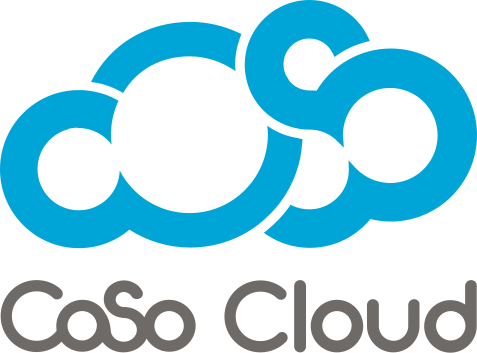
3 Tips for Starting a Microlearning Library
April 17, 2017
Three Great Tips to Get Your Microlearning Library Started
Microlearning is a hot topic these days as more and more learners are expecting content to be available in very specific, directly pertinent bursts of easily digestible information. Here are three easy ways to offer microlearning content to your learners.
Get Organized
Being organized and having a consistent taxonomy is half the battle. If you already have training material, just ensuring it’s labeled correctly and is stored and available from an easily accessible location will go far. The biggest advantage to microlearning is being able to get the training specific to the task at hand, when you need it and where you need it. Having your training material organized and labeled is absolutely necessary to avoid the all-too-common tasks of having to skim through some training to find the pertinent part.
Use Existing Content
A lot of training departments are taking existing training videos courses and pulling short clips from them that are focused on specific tasks. No need to reinvent the wheel! These clips are then being made available as stand-alone microlearning segments. This is a great way to fast track creation of a microlearning library.
When viewing Adobe Connect recordings, layout changes are clearly visible and time-stamped to. These can be an easy way of capturing snippets of content for use as microlearning segments. Small segments can be easily re-labeled and saved as their own microlearning content (for example as an MP4) and added to a microlearning library thus saving learners from having to search through the long original recording for the specific training example they need. A lot of existing content can easily be converted to effective microlearning in this way.
Keep It Short
Use video. Keeping microlearning segments 2 to 4 minutes in length is key to their effectiveness. Being short and to the point is how they came to exist. The shorter the segments the better. If you see a way to cut an existing segment into two distinct shorter segments, it is usually wise to so. It’s better to record or screen-capture someone actually doing the task that’s being taught than it is to present a list of the steps involved. Technology allows pausing and re-watching of every aspect of what is being taught.











